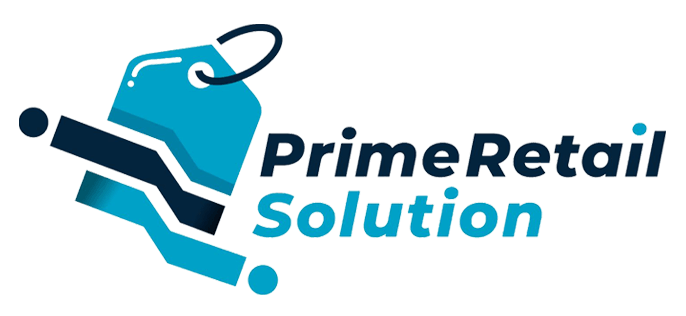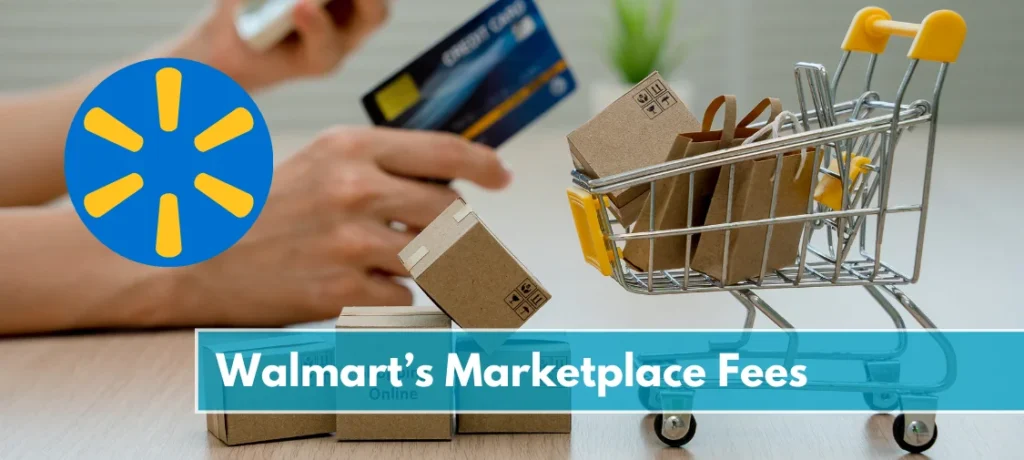Walmart
A Comprehensive Guide to Selling On The Walmart Marketplace
The online marketplace has expanded rapidly in recent years, providing opportunities for business owners all around the globe to start selling on Walmart. Amazon sellers wanting to broaden their consumer base have been paying close attention to the Walmart Marketplace since its launch.
Because of the millions of square feet of retail space that Walmart owns or leases worldwide, that’s a lot of reassurance for first-time online consumers!
However, costs are similar to their (much more giant) sibling, Amazon.
Knowing the seller fees is essential before you start selling on Walmart. The costs of selling on Walmart Marketplace will be broken down into key points you should know about.
What You Need To Know About Walmart.com
After achieving significant success as the largest supermarket chain in the United States, the retailer decided to take its market share in the eCommerce world with the inception of Walmart.com in 2009.
According to Statista, Walmart’s online sales have increased in recent years. Its internet sales have skyrocketed from over $5 billion in 2014 to over $62 billion in 2022. The marketplace boosted as online shopping became the norm for millions of Americans after the pandemic. Every month, the platform receives around 100 million new online shoppers.
Perks of Selling On Walmart Marketplace:
1. Less Saturated Competition Than Amazon
When selling goods in an online marketplace, you may expect to face stiff competition. If you want customers to buy your stuff, you have to compete with the hosting site, like Amazon, Walmart, or other third-party retailers. More than 9.7 million sellers are using Amazon’s platform. When a shopper goes online, numerous sellers are vying for their attention.
However, when compared to Amazon, Walmart is a cake’s smudge. Over 150,000 vendors are now active on this emerging eCommerce retail giant. Due to the low number of sellers on Walmart.com, merchants have more leverage regarding setting their prices and promoting their goods.
2. Expand Your Existing Customer Base
According to Gotrellis, in 2022, Amazon surpassed Walmart with its $51 billion online sales in the United States compared to ($21 billion). However, in 2023, Walmart Marketplace gave tough competition and made $150 billion in sales compared to $120 billion by Amazon. made ($120 billion).
So, with its spiked sales and exponentially increasing traffic, Walmart is a worthwhile option for online sellers to explore and expand their customer base worldwide.
Since Walmart has built its brand reputation on saving its consumers money with exciting discounts and low pricing, people naturally associate the marketplace with good deals. If your products are priced competitively, you will attract more customers and increase profits.
3. No additional or hidden Fees For Selling On Walmart
Come, let’s discuss the cost. Both buyers and sellers benefit from Walmart’s reputation for inexpensive prices. There are no up or recurring costs associated with using Walmart Marketplace.
Sellers are expected to pay a fee on items that are actually sold, this means your product could receive a dozen of clicks and views but Walmart will ask you to pay a fee only when the product is actually sold on its platform. This makes Walmart quiet a business friendly option for sellers where they pay for customers that actually convert.
Unlike other retail platforms, Walmart doesn’t require you to maintain an account to keep selling in the marketplace. It only charges one fee from your profit and that’s it!
Does Walmart Charge a Registration Fee?
No. Walmart does not charge sign-up, listing, subscription, setup, or account fees unless you utilize their internal fulfillment service. This is in contrast to Amazon, which requires you to pay a fee to set up individual and professional arrangements before you can begin selling on Walmart.
Walmart charges a “referral fee or percentage” instead of a marketplace fee based on the product category. This represents a commission percentage paid to Walmart only after a completed transaction.
The marketplace vendor fees range between 3 and 20 percent, depending on the category. Be sure to list your product in the correct category and familiarize yourself with the referral percentage it entails, as this is just one of the many factors that will affect your pricing.
How Are Walmart Sellers Paid?
Walmart has partnered with www.payoneer.com to handle all Marketplace payments. Consequently, every merchant must register with Payoneer to receive payments.
However, before registering, keep in mind the following:
- The registration procedure for a new Payoneer account begins in the Seller Center and concludes on the Payoneer website.
- Once the setup process is complete, only users with Admin access can view and administer a company’s complete financial settings.
- When a business has multiple administrators, only one Partner ID will be associated with each Payoneer account. Therefore, all the admins have to enter in with the same credentials.
- After registering via Walmart’s Seller Center link and selecting Payoneer Bank Transfer as the payment method, your funds will be transferred directly to the connected bank account. No Payoneer fees are associated with these money transfers.
However, if you register directly with Payoneer rather than through Walmart’s Seller Center, you will be charged $1.50 when withdrawing funds from your Payoneer Account.
To avoid this, you can contact Payoneer’s Customer Support to receive a refund (for the withdrawal charge). The funds will then be automatically returned to your account balance. But you must contact customer service each time you withdraw to request a refund. Therefore, get it correct during registration.
Once you’re done setting up your Payoneer account, you can move on to researching and sourcing the products for your store to start selling on Walmart.
What other costs do I have to pay as a Walmart seller?
Pricing considerations include referral fees, sales tax, and whether or not you’ll be using Walmart Fulfillment Services. Walmart Sellers are responsible for these additional costs, although they should be accounted for when setting prices.
- Cost of goods sold (COGS)
- Cost of selling on Walmart
- Customer service charges
- Price of Labor and Overhead
- The price of going back (if you don’t use WFS or use it and are at fault)
The Walmart Buy Box feature highlights the most competitively priced products and includes an Add to Cart button, setting them apart. The market even has a slogan: “Lowest Prices Every Day” with the subheading, “Save Money. Live Better.” If your prices are inconsistent with Walmart’s policies, your products could be pulled from sale.
Here are some brief pointers on how to increase your product’s profit margin while remaining competitive:
- Keep the range of prices for your goods consistent across all sales platforms.
- Consider the costs for the products you’re selling on Walmart and price them accordingly.
- Provide reasonable pricing.
Best practices for Walmart market item pricing
Remember that Walmart’s slogan is “Lowest Prices Every Day,” it is crucial to specify accurate prices while creating product listings. This is crucial for brands to guarantee their products appear in the Walmart Buy Box. When numerous vendors offer the same product, the Walmart Buy Box will feature the item at the lowest listed price with an “Add to Cart” button.
Brands need to ensure their prices align with Walmart’s. Walmart will delete products if their prices significantly differ from the market average or competing products. An item may be disqualified for the Walmart Buy Box even if it has been published previously.
Manufacturers should factor in all possible expenses when setting prices to maximize profits through selling on Walmart. Products, delivery, referral money from Walmart Marketplace, labor, returns, and overhead all factor in. If a product’s shipping costs are too high, Walmart Marketplace will instantly remove it from sale.
In addition, manufacturers must ensure that their pricing on other websites does not undercut those found in the Walmart Marketplace. Walmart’s price-checking algorithms compare its marketplace pricing to other online retailers.
Final Thoughts By Walmart Experts
There’s no denying that the trend for selling on Walmart’s online store is blowing up and luring a rising number of customers. Retail giant Walmart appreciates the value given by its third-party vendors.
They bring a wide selection of goods to the lot and are always looking for more sellers to join. However, not all products make it through Walmart’s rigorous vetting procedure and into distribution. So, to ensure your product doesn’t fall within the category, partner up with the Walmart Experts, Prime Retail Solutions, today!
From gathering valuable insights about the marketplace’s dynamic policies to developing effective strategies, our Walmart experts can help you make your product shine even in the most crowded online marketplace.
Share


